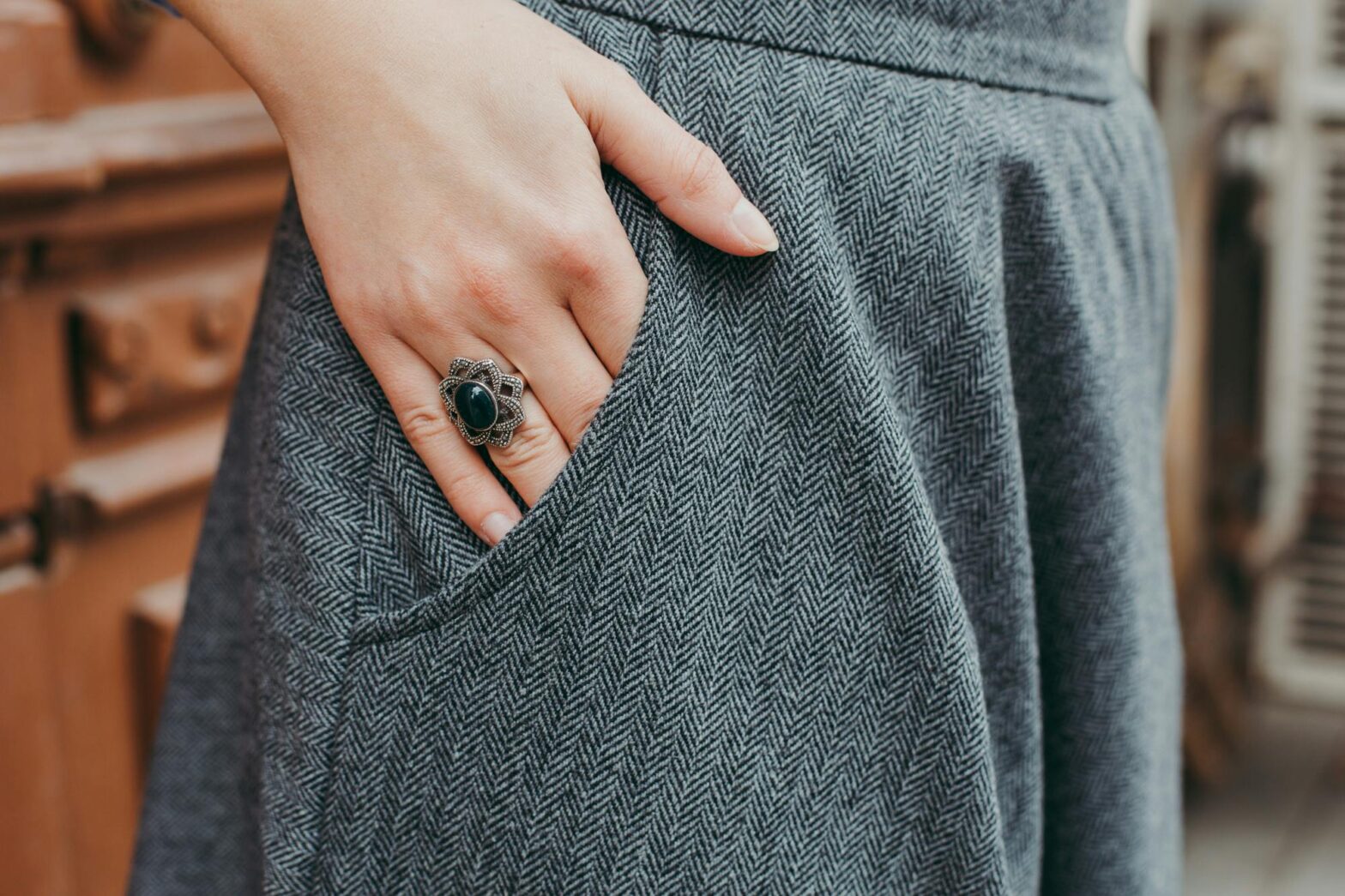Muslin fabric, with its lightweight, breathable, and versatile nature, has been a staple in the textile industry for centuries. It is widely used in clothing, home decor, medical fields, and even art. However, not all muslin fabric is created equal. With so many varieties available, it can be challenging to identify high-quality muslin that meets your needs. Whether you’re purchasing fabric for a sewing project, designing a garment, or looking for muslin for other uses, knowing how to choose the best fabric is crucial. This comprehensive guide will walk you through the essential characteristics to look for when identifying high-quality muslin fabric.
What is Muslin Fabric?
Muslin is a plain-woven cotton fabric that is soft, breathable, and versatile. It’s typically lightweight, but the fabric can range from thin and delicate to slightly heavier versions depending on its intended use. Muslin’s ease of dyeing and printing, as well as its ability to hold its shape when sewn, makes it highly popular in the fashion industry, home decor, and even medical fields. While muslin is available in different grades, identifying high-quality muslin requires careful evaluation of several key factors.
1. Understand the Fabric’s Composition
The composition of muslin fabric plays a critical role in determining its quality. Muslin is primarily made from cotton, but some lower-quality versions may blend cotton with synthetic fibers like polyester or rayon. Pure cotton muslin is always the ideal choice for high-quality fabric because it is naturally breathable, soft, and comfortable. Cotton also holds dye well, which makes it easy to achieve rich, lasting colors.
When shopping for muslin, ensure that the fabric is composed of 100% cotton, as this will guarantee the highest level of comfort, durability, and versatility. Muslin made from synthetic fibers, although often more affordable, may feel stiffer, less breathable, and prone to wear over time. Furthermore, synthetic fabrics may not take dye as well, affecting the overall color richness and longevity of the fabric.
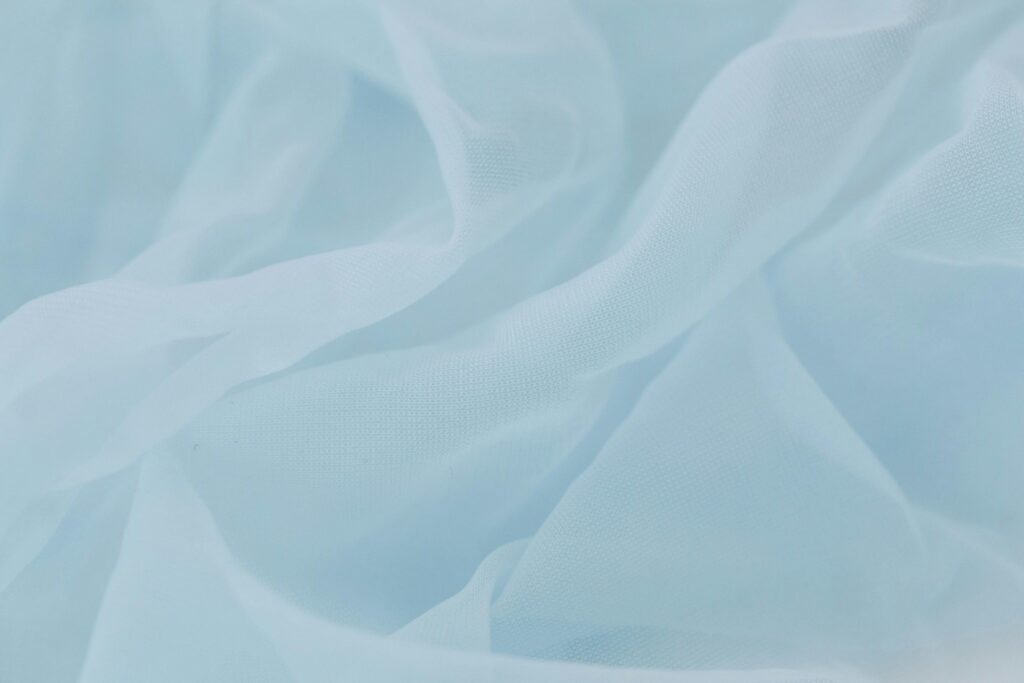
2. Evaluate the Thread Count and Weave
Thread count and weave are important indicators of muslin fabric’s quality. Thread count refers to the number of threads per square inch of fabric, and a higher thread count generally indicates a finer, more tightly woven fabric. High-quality muslin will have a higher thread count, which makes the fabric smoother, stronger, and more durable. A low thread count may result in fabric that feels rough, thin, or prone to unraveling.
The weave of the fabric also plays a significant role in its overall quality. Muslin with a tighter weave tends to be more opaque, durable, and resistant to wear. On the other hand, muslin with a looser weave may feel more airy and light but could also be more prone to snags and damage. The tighter the weave, the more resilient and long-lasting the muslin will be. When evaluating muslin, run your fingers along the fabric and inspect it for tightness and strength. A high-quality muslin will feel smooth and firm, without noticeable gaps in the weave.

3. Feel the Texture
The texture of the fabric is one of the most straightforward ways to assess muslin’s quality. High-quality muslin should feel soft and smooth to the touch, without any roughness or stiffness. Premium cotton muslin will have a fine, pleasant texture that feels luxurious yet functional. This smoothness is a sign of good-quality cotton, properly woven, and treated with care during production.
In contrast, lower-quality muslin may feel coarse, rough, or thin, indicating the use of lower-grade cotton or improper weaving techniques. The softness of muslin can also be affected by how it is finished during production. High-quality muslin often undergoes special treatments to make it softer and more pleasant to handle, while cheaper versions may feel uncomfortable or scratchy.

4. Inspect the Color and Dyes
Color consistency is an important factor in determining muslin’s quality. High-quality muslin fabric will have an even and rich color that doesn’t fade or become blotchy. The fabric should also maintain its color over time, even after washing. Muslin that has been dyed with high-quality, eco-friendly dyes will have a consistent hue and will not show signs of fading, discoloration, or uneven dye patches.
On the other hand, low-quality muslin may have uneven coloring, dull shades, or poor dye adherence. Fabrics that have been dyed using inferior or toxic dyes may also cause skin irritation or discomfort. When inspecting the color of muslin, look for fabric that has vibrant, uniform colors that appear consistent across the entire piece of fabric.
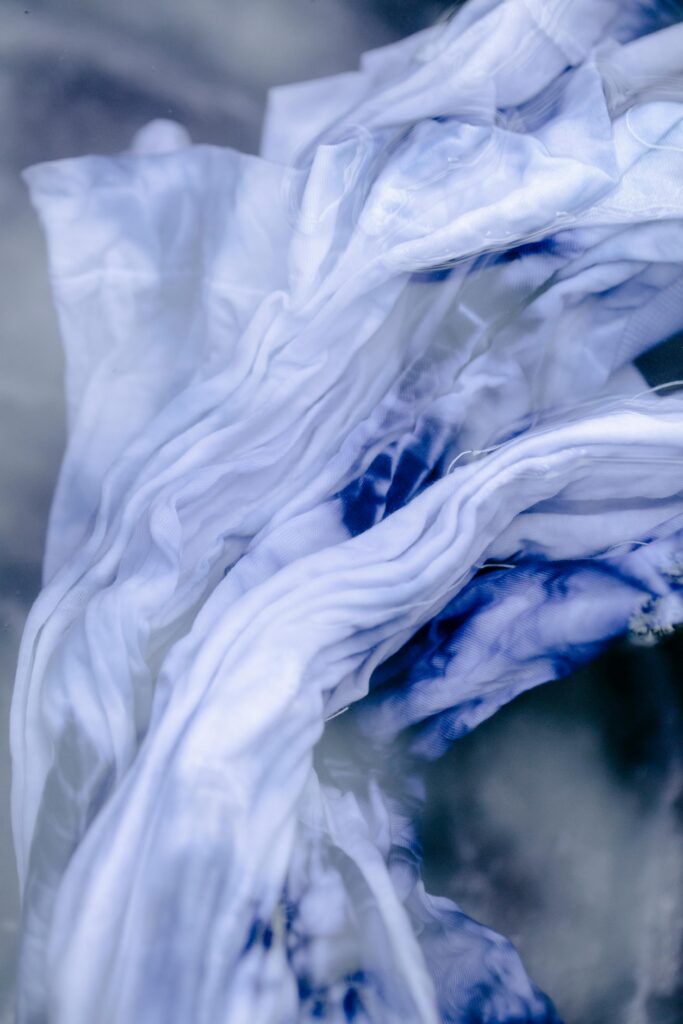
5. Assess Durability and Shrinkage
Durability is one of the most important factors to consider when purchasing muslin fabric. High-quality muslin will stand the test of time, retaining its integrity through repeated use and washing. Premium muslin fabric is designed to be durable without compromising on softness, which is essential for both fashion and functional applications.
To test durability, stretch the fabric slightly to see how it responds. High-quality muslin will stretch without losing its shape and will return to its original form once released. If the fabric feels overly stretchy, brittle, or prone to tearing, it could indicate poor quality. Additionally, consider the shrinkage rate. Muslin fabric is prone to shrinking, especially if not pre-washed. High-quality muslin will shrink minimally and evenly when washed, while lower-quality versions may shrink drastically or unevenly.
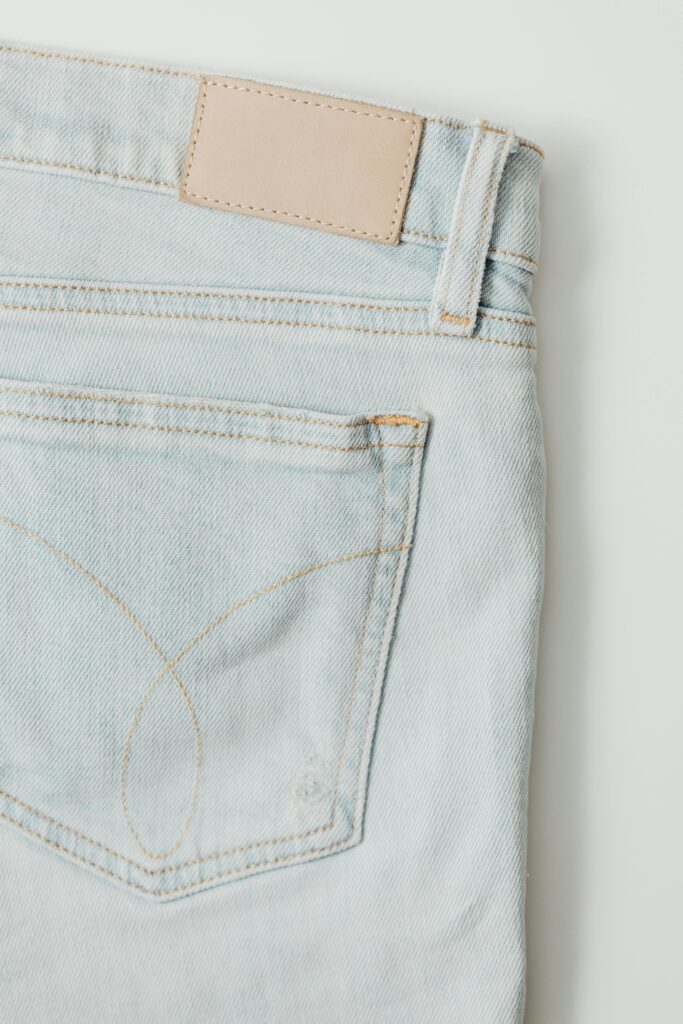
6. Consider the Fabric’s Purpose
When shopping for muslin, it’s important to consider its intended purpose. For instance, muslin used for making garments should be soft, breathable, and comfortable against the skin. If you’re looking for muslin for upholstery or home decor, you may need a heavier, more durable fabric that can withstand wear and tear. Medical muslin, often used in bandages or gauze, should be hypoallergenic, breathable, and soft to ensure comfort and safety.
Ensure that the muslin you choose meets the specific requirements for your project. For fashion or clothing, lightweight muslin is ideal, while for upholstery or heavy-duty applications, you may want to select a thicker, more durable version.
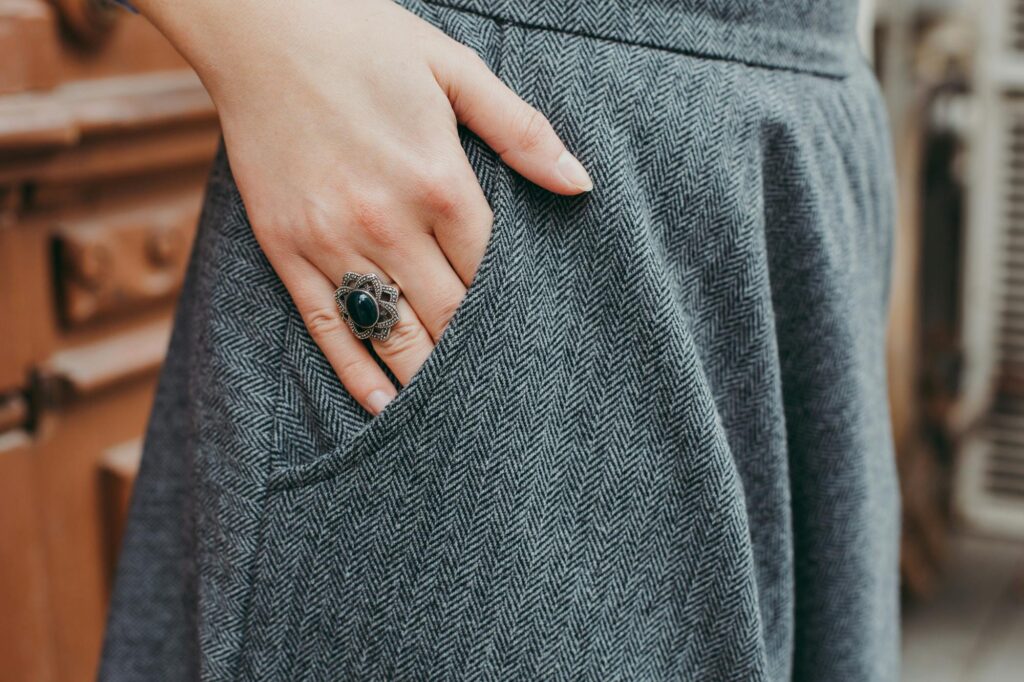
7. Buy from Reputable Sources
Finally, the best way to ensure that you’re buying high-quality muslin is to purchase from trusted and reputable fabric suppliers. Well-established suppliers and manufacturers will provide transparency about the fabric’s origin, composition, and quality standards. They may also offer detailed product descriptions, customer reviews, and certifications that can confirm the fabric’s authenticity and quality.
Research suppliers online, read reviews, and check if they provide clear information about their muslin fabric. Shopping from reputable sources ensures that you’re investing in a fabric that is made with care, precision, and the highest standards of quality.
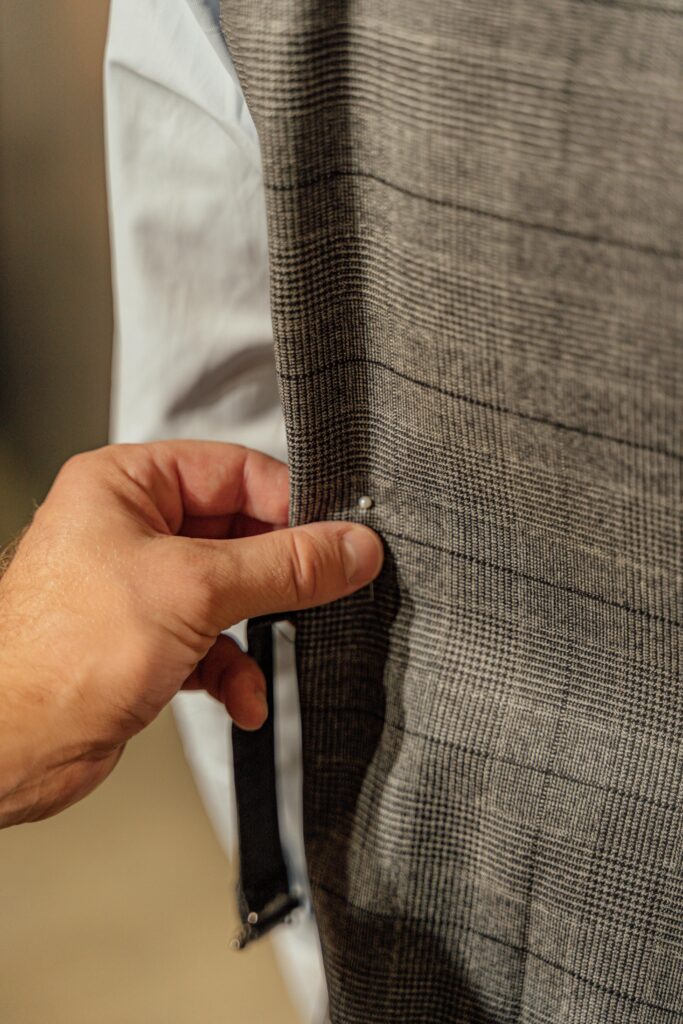
Conclusion
Identifying high-quality muslin fabric involves evaluating various factors such as composition, thread count, texture, color consistency, durability, and shrinkage. By keeping these critical aspects in mind, you’ll be able to select the perfect muslin for your projects, whether it’s for fashion, home decor, or medical uses. Always prioritize fabric that is soft, breathable, and durable, and remember to source your muslin from reputable suppliers for the best results.
Choosing high-quality muslin may require a little extra time and effort, but it is well worth it to ensure that your finished product is as beautiful, functional, and long-lasting as possible.

